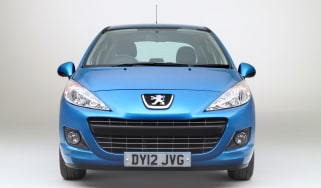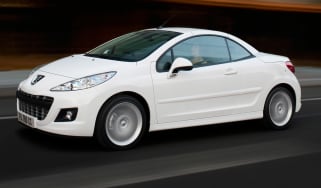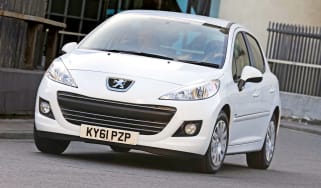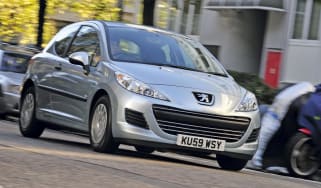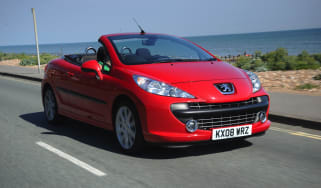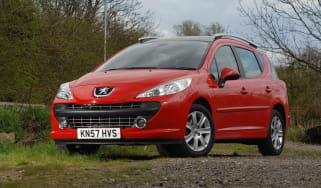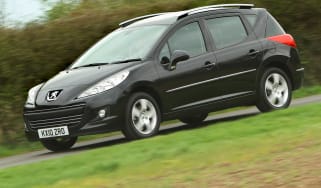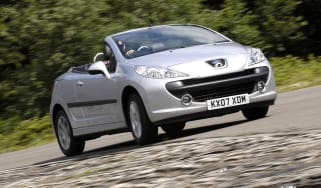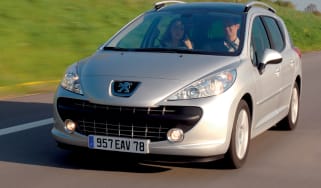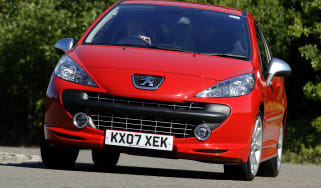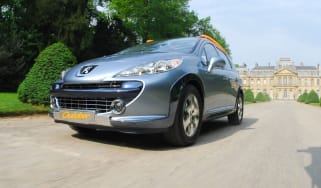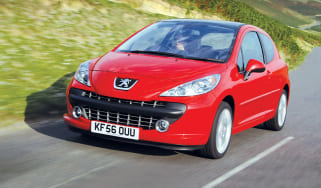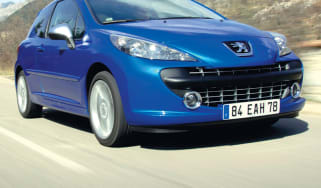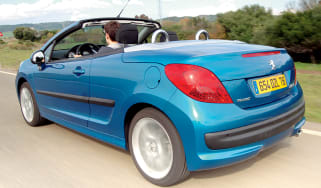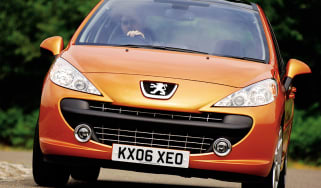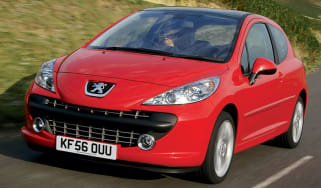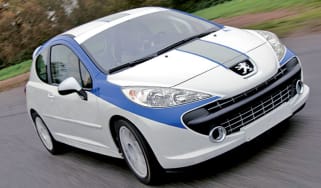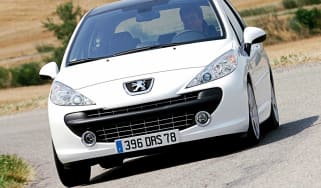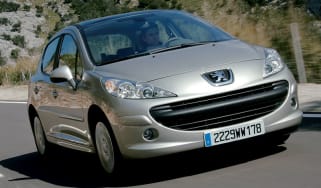Peugeot 207 (2006-2012) review
The Peugeot 207 supermini comes as a three or five-door hatchback, with a huge choice of specs and engines

It’s one of the top sellers in the supermini class, and the Peugeot 207 continues to sell on its blend of style, space and huge range of specs and engines. This three-door and five-door hatchback rival to the Ford Fiesta, VW Polo and Renault Clio is also good to drive, and has a higher-quality feel than the fragile 206 it replaced. There are still some question marks over reliability, but the strong petrol and diesel engines mix performance and efficiency well, with Oxygo versions scoring on the latter by offering sub-100g/km CO2 emissions and zero road tax. And while entry-level cars are quite sparsely equipped, any 207 from mid-spec upwards has plenty of kit.
Our choice: 1.4 VTi 95 S
Engines, performance and drive
Ease of driving is a key feature of the Peugeot 207. Its steering and pedals are light and simple to get on with, and the car proves nippy and agile around town. It’s not as precise and fun to drive as the Ford Fiesta, especially out on the open road, but the 207 is comfortable enough over long distances. There’s a huge selection of petrol and diesel engines, but the entry-level petrol cars can feel a little underpowered, and become noisy when pushed. Better to go for one of the diesels; although these can be a bit rattly on start-up, they settle down at speed and provide decent response and good efficiency.
MPG, CO2 and Running Costs
Prices are competitive with the rest of the supermini class, but as the Peugeot 207 has been on sale for some time, it’s worth trying to negotiate a discount with your dealer. If you can afford it, it’s also worth avoiding entry-level Access models. Active trim brings air-con, electric front windows and mirrors, Bluetooth and USB connectivity, while Allure cars also get alloy wheels and parking sensors. Diesels are the better option for low running costs, and look out in particular for Oxygo models – these emit less than 100g/km of CO2, which means buyers don’t have to pay for road tax.
Interior, design and technology
The Peugeot 207 is a very familiar sight on the road, as it’s proven such a huge seller for the company. Yet this doesn’t detract from its good looks. The large Peugeot nose and wide-mouthed grille help the car stand out, while models from mid-spec Allure trim upwards are equipped with attractive alloy wheels as standard. Inside, the car is beginning to show its age, with the design not quite as modern and sharp-looking as in rivals like the latest Ford Fiesta and VW Polo. And although the finish is much better than in the old 206, the 207 now trails the class leaders on interior quality overall.
Practicality, comfort and boot space
The five-door version of the Peugeot 207 obviously has an instant advantage over the three-door in terms of practicality, but whichever you go for, rear legroom is at a premium. More modern rivals like the Ford Fiesta, VW Polo and Kia Rio certainly have the edge here. Boot space also trails the best cars in the class; the 207 offers 270 litres of luggage space with the rear seats in place. They can be folded flat, but this isn’t as straightforward as in other superminis. Still up front is a decent-sized glovebox, and on cars with air-conditioning, a section of it is cooled.
Reliability and Safety
Euro NCAP awarded the Peugeot 207 five stars for occupant protection in its independent crash tests, and the car comes with six airbags as standard. However, stability control is an option on all but the latest, high-spec Oxygo and Oxygo+ models – disappointing for a model that will be considered by many young drivers as their first car. Cabin build quality is still a cause for concern, especially when compared with class leaders like the Ford Fiesta, VW Polo and Kia Rio. Reliability isn’t a particular strong point, either, with electric glitches often reported by owners, but the 207 has put in better performances in our Driver Power satisfaction surveys than previous Peugeot superminis.





